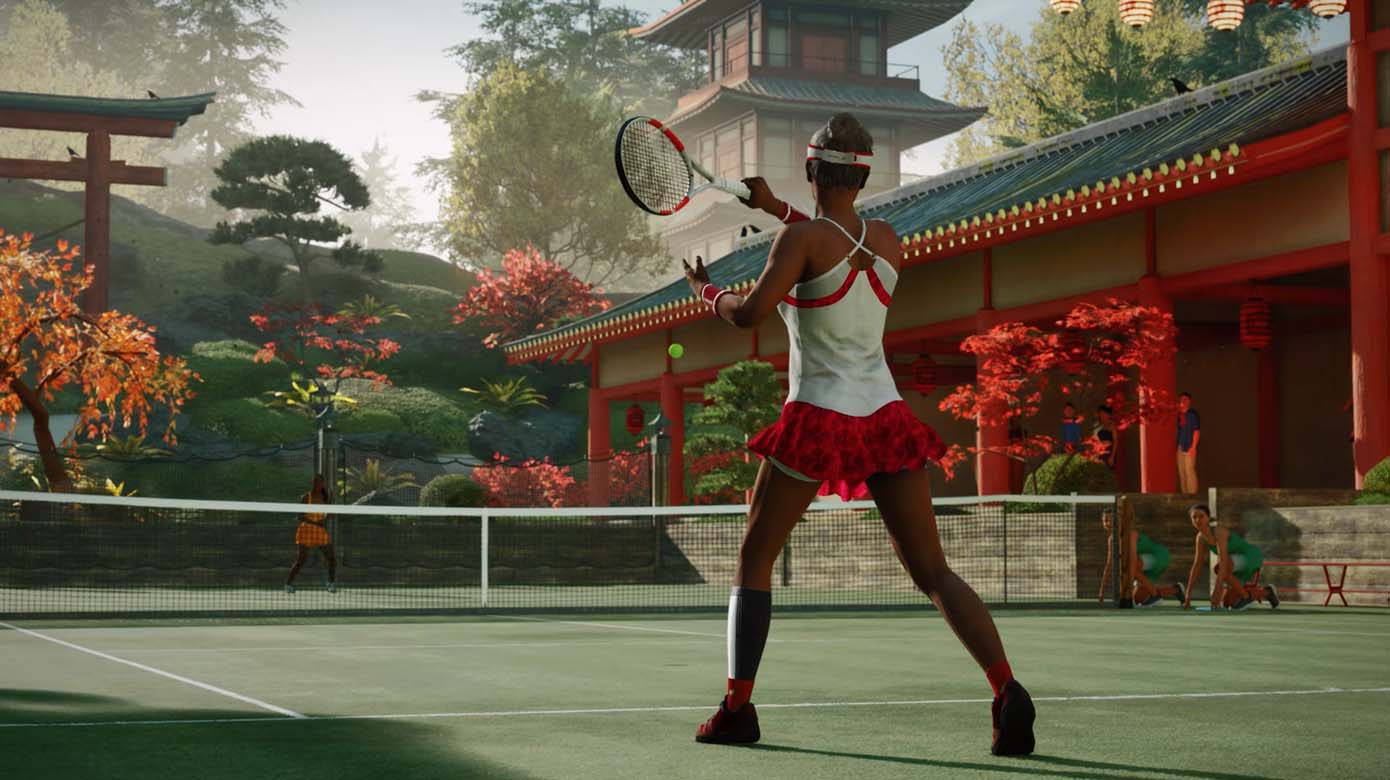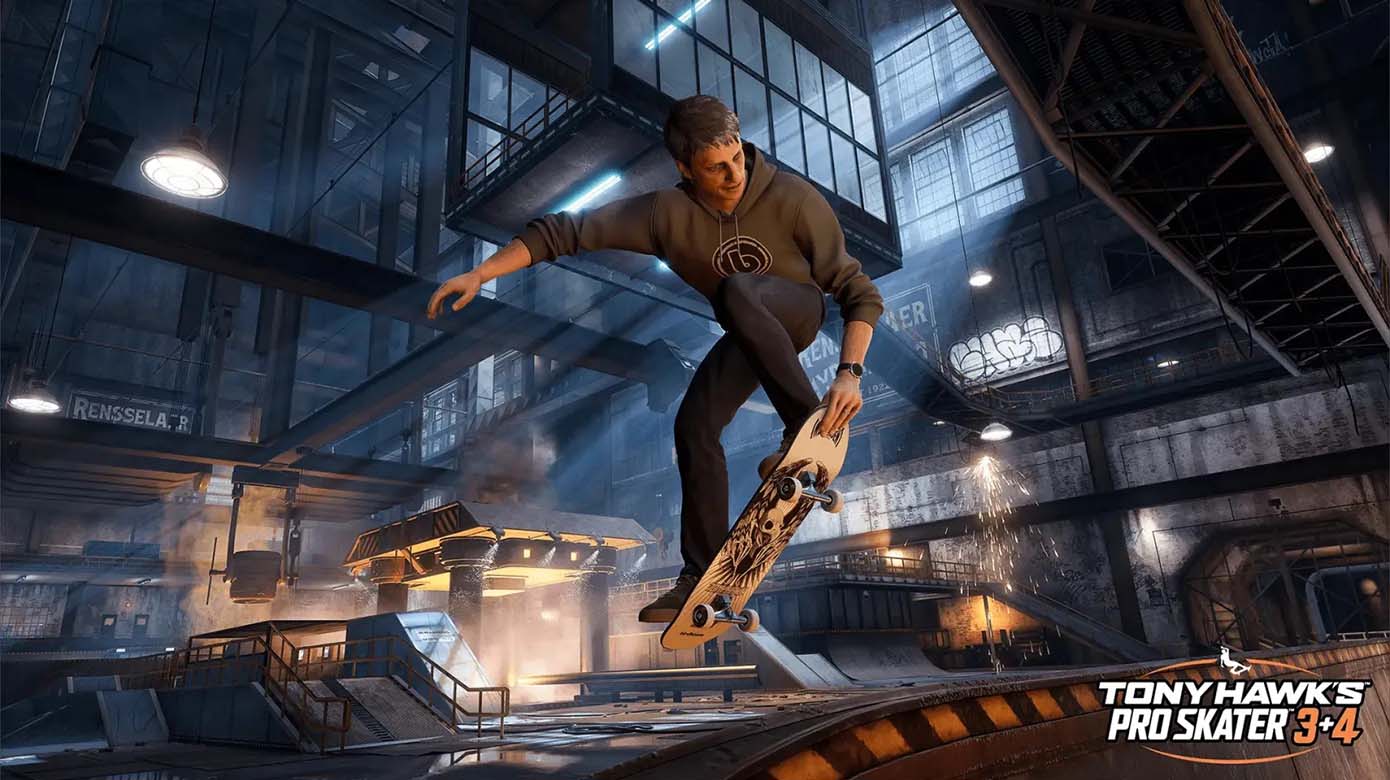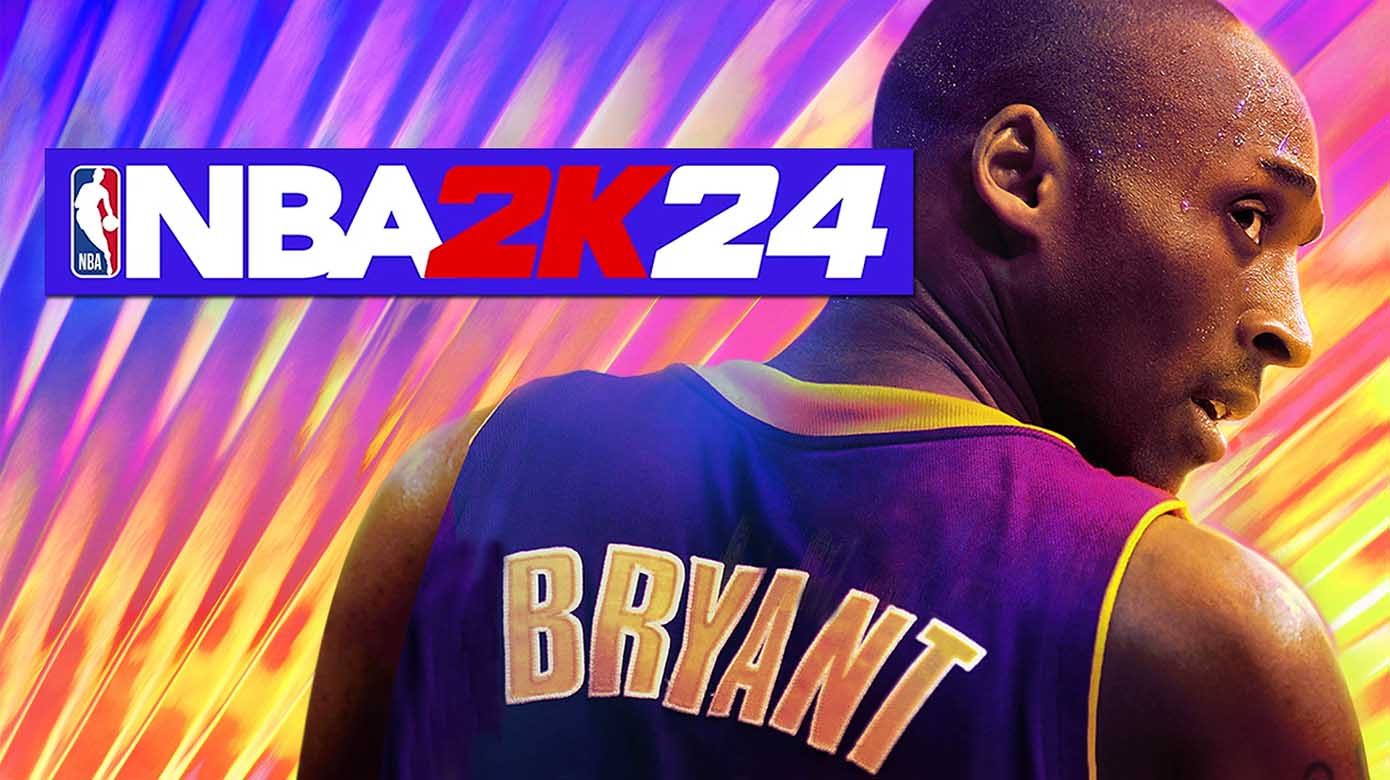Every July, the suburb of Wimbledon in London is swept up in a frenzy where tradition meets passion. The calm of the grass courts, the focus of players in white, and the occasional sweet aroma of strawberries and cream drifting through the stands—all of this makes Wimbledon not just a sporting event, but a cultural ritual. Standing at the edge of the court, I’ve often been moved by the crisp, decisive sound of the ball being struck. That sharp “pop” doesn’t just hit the tennis ball—it strikes a nerve deep inside me.
Tennis, a sport that appears graceful, hides within it the extremes of endurance and strategy. Every point, every game, is a battle of mind and body. And when this raw spirit of competition is skillfully transformed into a video game, it still manages to ignite that same pulse-quickening thrill. This season, I discovered three tennis games that drew me in completely, each interpreting “the ultimate tennis showdown” in its own way—pulling me right back to that grass court’s edge, reliving the tension of every breathtaking rally.
One: TopSpin 2K25 — The Pinnacle Clash of Skill and Strategy
If I had to name the game that comes closest to the real tennis experience this year, it would undoubtedly be TopSpin 2K25. The first time I launched the game, Björkman’s steady serve and Alcaraz’s fierce forehand made me feel as if I were sitting in the stands at Wimbledon’s Centre Court. 2K has put serious effort into perfecting the tennis physics system this time. The collision angle between racket and ball, the feedback from speed and spin—these gave me a smoothness in play that felt almost like muscle memory.
The career mode was a pleasant surprise. From a rookie just entering the pro circuit to the climb into the world’s top ten, every stage comes with detailed training systems and event scheduling. I remember one match at Roland-Garros on clay: my player’s stamina plummeted after several grueling games, causing forehand errors to spike. I had to switch tactics from offense to counterattack defense. Over the course of that two-hour virtual match, I felt firsthand how decisive strategic shifts could be for victory.
What I appreciated most, though, was the AI opponent design. They are no longer simple “data packets” but players with personalities. Some press at the net, others prefer baseline rallies, and some deliberately slow the pace on crucial points to force errors. This unpredictability made every match unique—I often found my heartbeat matching the rhythm of my grip on the controller.
TopSpin 2K25 showed me that tennis is not just a test of stamina—it’s a cerebral duel. Just like in a Wimbledon final, every ace hides behind it dozens of tactical adjustments.
Two: Matchpoint: Tennis Championships — Precision and Competition in Simplicity
After the depth and complexity of TopSpin 2K25, I turned to Matchpoint: Tennis Championships. Rather than a full simulation of tennis, it feels like a test of “rhythm” and “positional awareness.”
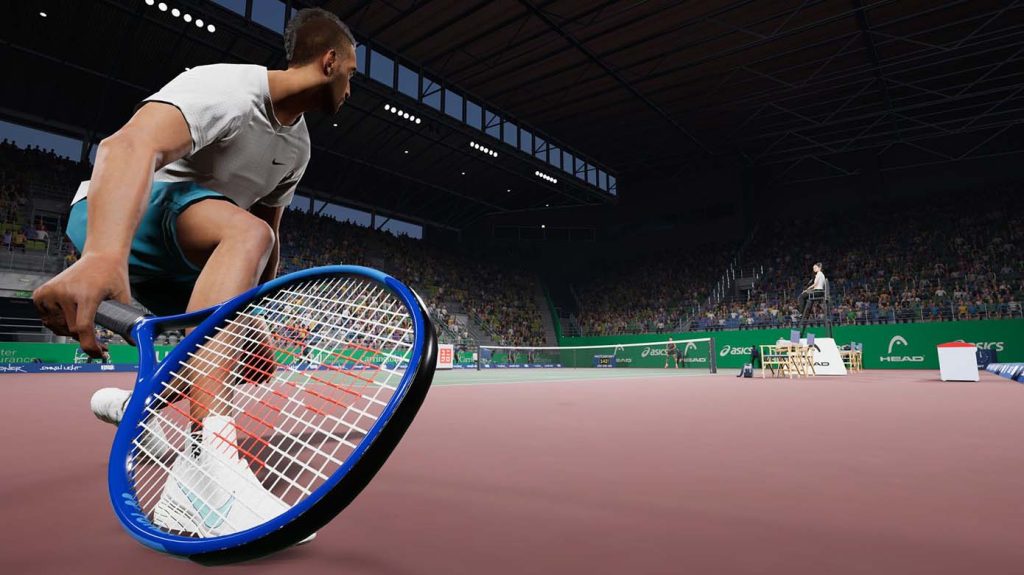
This game is not flashy—the interface, models, and animations are all straightforward. But this restraint gives its gameplay a clarity that’s refreshing. What hooked me from the start was its “shot anticipation” mechanic. Players must, in split seconds, judge the opponent’s return location, quickly move into position, and decide whether to hit topspin, slice, or lob. All this happens in a blink—any hesitation, and you’re on the defensive.
Its tactical training system is particularly fun. Instead of overwhelming players with stats, it uses practical drills to teach different playstyles. “Weight Transfer Training” taught me to switch from defense to offense quickly, while “Backhand Attack Drills” sharpened my weaker side. The results were tangible in matches—every skill I learned paid off immediately, making progress addictive.
It’s a game without frills, but like a chilled lemonade in the sweltering “gaming summer,” it delivers pure refreshment and clarity.
Three: Nintendo Switch Sports (Tennis) — Joy Is the Best Match
If the first two games let me feel the “tension of the pro court,” then the tennis mode in Nintendo Switch Sports brought me back to the sheer joy of “playing tennis for fun.”
This game doesn’t rely on complex mechanics or hyper-realistic physics. Instead, it uses motion controls to make me feel like the kid swinging a wooden racket in the park again. With the Joy-Con in hand, twisting my body to hit the ball, I rediscovered the joy of simply moving.
One time, a friend came over and we played doubles in my living room. He had never played tennis before, but his natural reflexes had me scrambling more than once. Every time he scored, he’d jump up in excitement—those carefree moments are worth more than any leaderboard or trophy system.
The game also includes a light progression system, unlocking outfits, racket designs, and celebration animations. While they don’t affect gameplay, they add to the immersion. In one easygoing match, you can work up a sweat, and in the next, laugh uncontrollably when your opponent misses—that, to me, is the essence of sport.
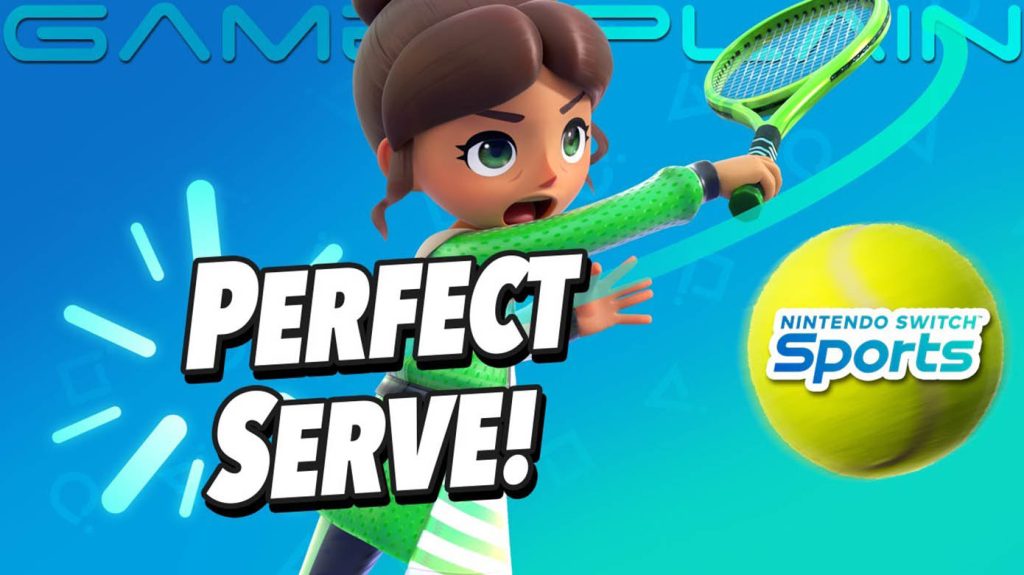
Nintendo Switch Sports reminded me that competition doesn’t always have to be tense, and sport can also be a bridge for social connection. Just like Wimbledon isn’t only a stage for the pros—it belongs to the fans cheering from the stands and those eating strawberries by the courtside.
The Wimbledon Spirit Lives On in Games
The magic of Wimbledon has never been only about the intensity of the matches. The crisp white attire, the respectful hush of the crowd, the perfectly trimmed grass—these details convey a “restrained tension.” And in the three tennis games I played this year, that spirit has been preserved in different ways:
• In TopSpin 2K25, I saw the rigor, strategy, and physical limits of pro tennis.
• In Matchpoint, I felt the precision and learning curve of competitive rhythm.
• In Nintendo Switch Sports, I rediscovered the lighthearted joy of play.
Three very different games, yet each, in its own way, delivers the essence of tennis. It’s not merely a sport—it’s a culture, an attitude, even an aesthetic.
Swinging on Summer Grass
This summer, I didn’t make it to Wimbledon in person, but through controllers, screens, and simulated grass, I felt as if I had stepped onto that ceremonial Centre Court. I swung, ran, judged, adjusted—faced wins and losses, and experienced both struggle and joy.
Tennis is never a crude clash of brute force—it’s a continuous mental duel, a balance of skill and mindset, calmness in the face of limits. It is the elegant persistence found in the mingling of sweat and sunlight over lush green grass.
In both games and real life, behind every return, every backhand, every seemingly ordinary match lies another challenge to our own limits. And that challenge, in itself, is a victory.
